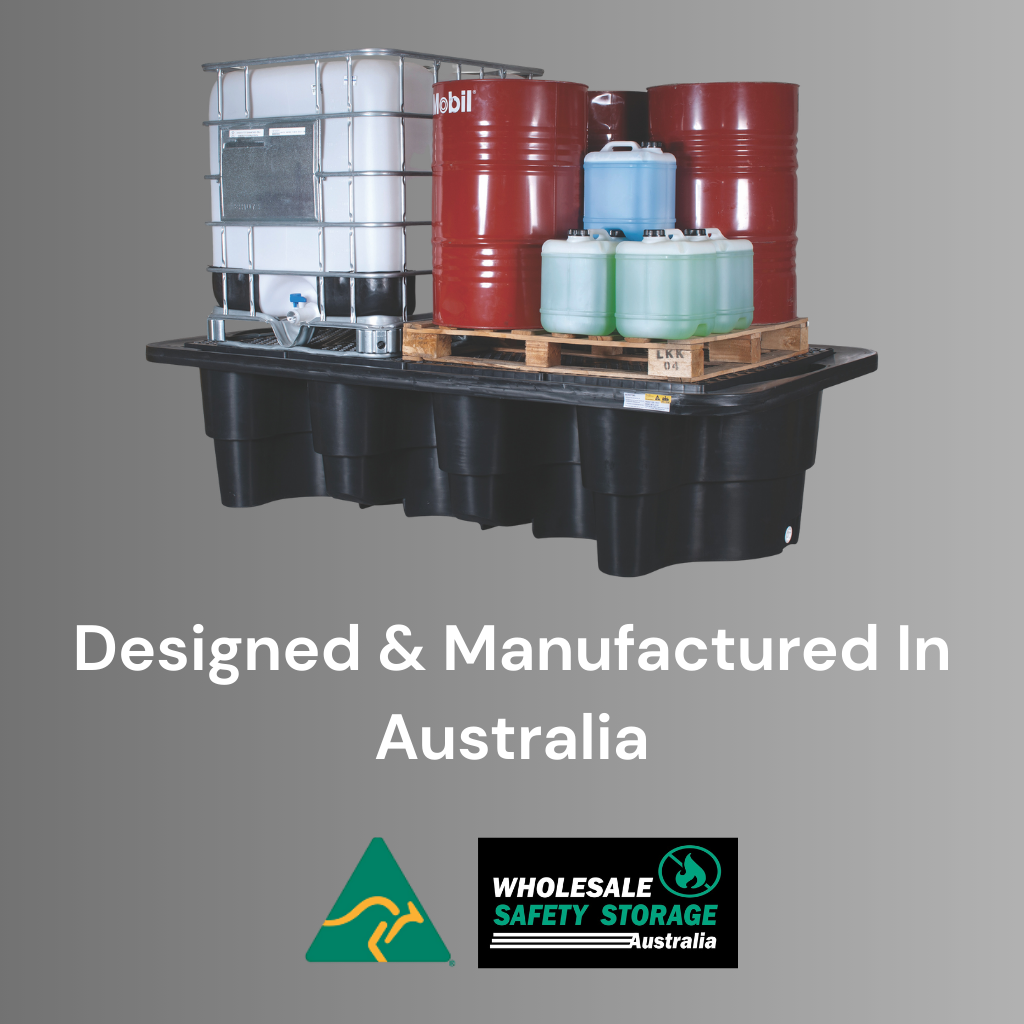Polyethylene IBC Containment Bunds: When & Why to Use Them
When you’re storing bulk chemicals in IBCs, secondary containment is a legal and practical must. Polyethylene IBC bunds are lightweight, chemical-resistant, and ideal for corrosives, acids, and oils. In this explainer, we walk through why poly bunds are used, their advantages, and the common situations where they’re the safest choice.
What are Polyethylene IBC Containment Bunds?
These bunds are heavy-duty, UV-stable poly-ethylene trays designed to securely hold one or two IBCs and catch leaks or spills before they hit the floor. WSSA stocks both single and double versions.
Why Choose Polyethylene?
- Chemical Compatibility: Ideal for acids, alkalis, and aggressive substances—won’t corrode like metal.
- Lightweight & Portable: Easier to position and move than steel bunds. Often forklift-accessible.
- Low Maintenance: UV-stabilised and rust-free—minimal upkeep over time.
- Cost-Effective: Generally more affordable than steel alternatives for similar sizes.
How They Work
These bunds capture any liquid that leaks from an IBC—containing at least 110% of the largest container or a set % of total volume per EPA and Safe Work guidelines.
Manufactured from chemical resistant polyethylene and polypropylene grates, they are particularly suited to most chemicals, acids and oils and are useful where metal failure could pose a risk.
Ideal Applications
- Storing corrosive chemicals indoors.
- Temporary or mobile setups needing spill protection.
- Sites prioritising chemical resistance and portability.
